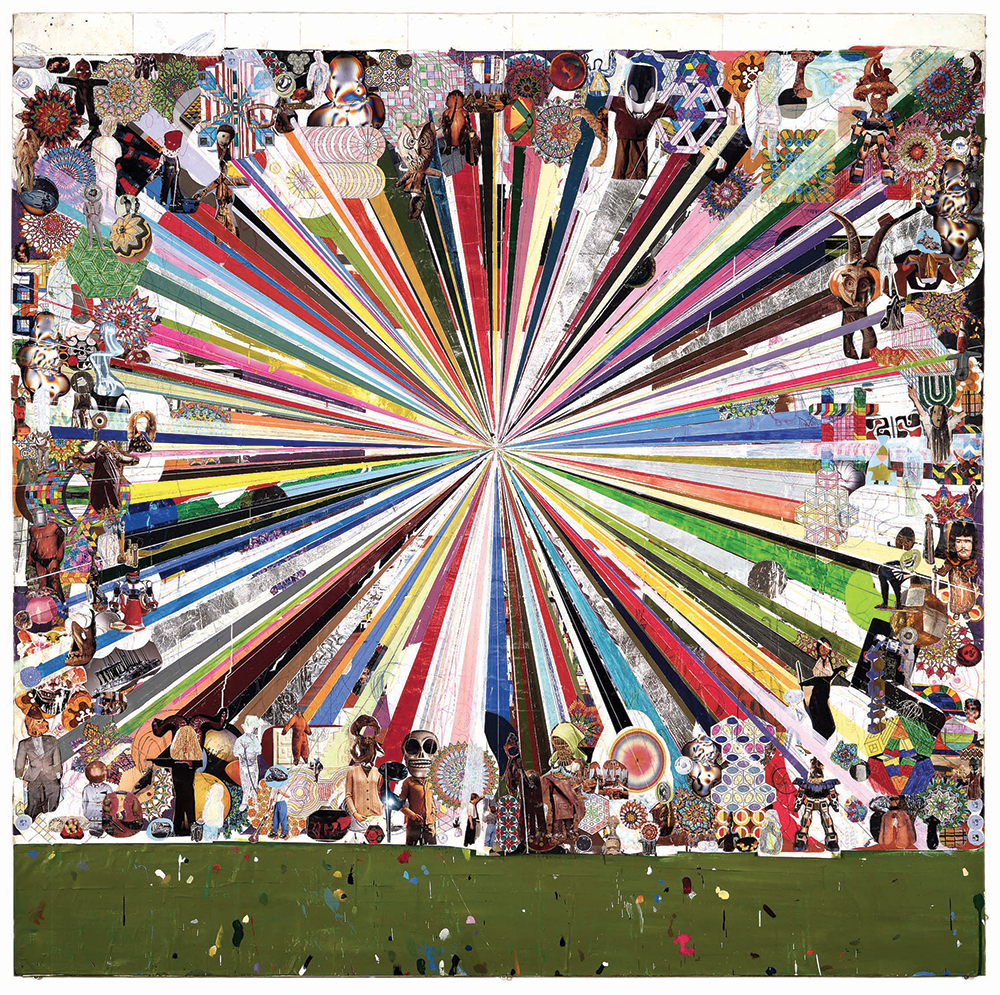In the film Being John Malkovich the main characters discover a portal to enter the consciousness of John Malkovich the actor, who plays a parody of his real self. After each “being John Malkovich” experience – lasting exactly 15 minutes – each entrant is unceremoniously dumped on the New Jersey Turnpike, just outside New York City. In the film, the turnpike symbolises the return to the everyday from an experience that has allowed various disfunctional characters to spend fifteen minutes in the mind of the famous actor, attempting to use that position to control and manipulate each other’s lives.
The Kingston Turnpike considers the process of making an exhibition as like that of creating a portal through which artists act out their own desires and concerns for their work and its audience. The resulting interaction between these diverse artworks – and categories of artwork – is emphasised as part of a fluid process that the curator can initiate but not ultimately control or conclude. In this way, the works of art in the space interact with each other in ways that cannot always be prescribed or predicted. The visitor’s experience of the artworks presented becomes grounded in the particular architecture of the exhibition space and the process of transit by which each person arrives at the gallery.
The title of the exhibition, therefore, reflects a starting point rather than imposing a set of defined criteria and objectives, the intention being that proposing to work without curatorial strategies can sometimes be more interesting than working with them?
Curated by Andrew Bick, Senior Lecturer in Fine Art at the Faculty of Art, Design & Architecture, Kingston University. Organised by Turnpike Gallery, supported by Wigan Leisure and Culture Trust, Arts Council England and Kingston University.
The Kingston Turnpike 40-page catalogue is available with texts from Jennifer Thatcher, Andrew Bick and Martyn Lucas.
